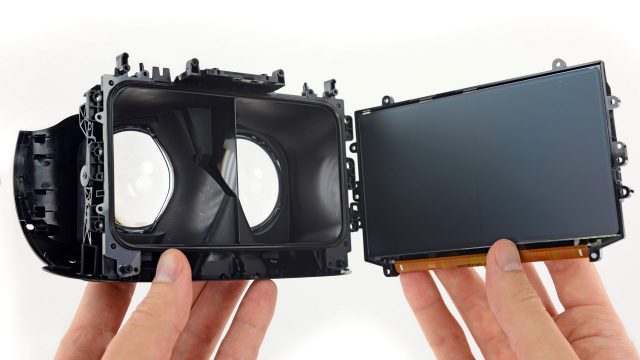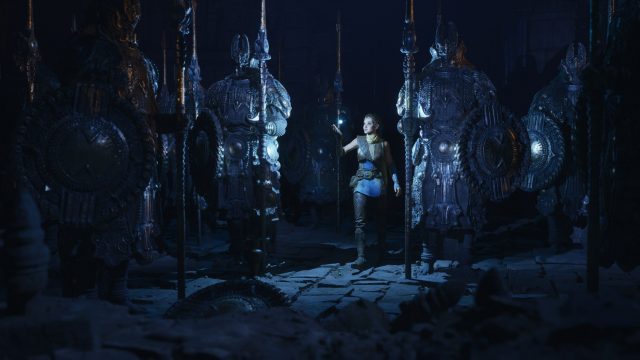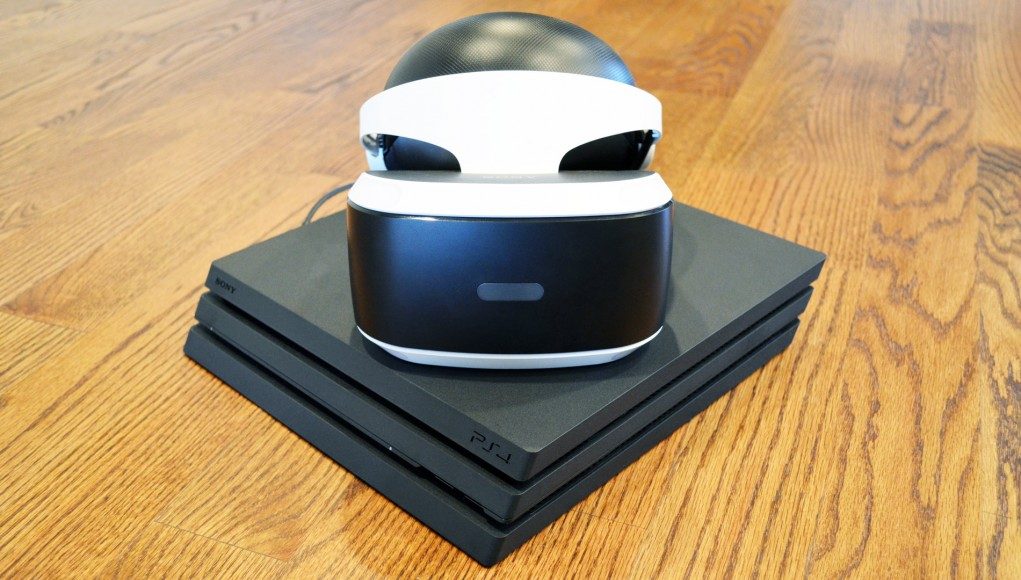We’re still awaiting confirmation of the first VR game natively designed for PS5, but for now we know that many PSVR titles for PS4 are expected to support backwards compatibility on PS5. When running on PS5, those older titles are likely to benefit from the console’s greater power, which could improve frame rates, resolutions, and loading times.
While it wasn’t until last week that we got the full PS5 reveal, Sony announced the console’s technical specs in a blog post back in March. The company later updated the post to add detail about backwards compatibility for PS4 games running on PS5.
First, the company noted that it expects “the overwhelming majority of the 4,000+ PS4 titles will be playable on PS5.” As far as Sony has indicated, this includes PSVR titles as well.
The company also said that many backwards compatible titles will have access to more processing power, which can improve performance.
“We’re expecting backward compatible titles will run at a boosted frequency on PS5 so that they can benefit from higher or more stable frame rates and potentially higher resolutions.”
This isn’t necessarily automatic for all titles, as some have technical limitations which would prevent them from dynamically improving with more power, unless manually adjusted.
However, many modern PSVR games are already designed with performance scaling in mind between PS4 and PS4 Pro, which allows them to look their best within the confines of each system’s resources. Games already designed with this scaling in mind are more likely to be able to benefit from improved performance when running on PS5.
Sony says it is testing games to look for backwards compatibility issues.
“We’re currently evaluating games on a title-by-title basis to spot any issues that need adjustment from the original software developers.”
For games that do require some manual intervention from the developers, the most popular PSVR titles will be the most likely to get patches to benefit from PS5’s performance. We’d expect that Sony’s first-party PSVR titles, like ASTRO BOT Rescue Mission and Blood & Truth, would be most likely to see such patches.
Frame Rates, Supersampling, and Loading Times
Although PSVR games target a locked framerate of 60Hz, 90Hz, or 120Hz (and will ostensibly continue to do so), the extra power on PS5 should enable greater stability for games which sometimes hitch under load. Additionally, the extra power could allow developers to bump frame rates up to the next tier (though this would almost certainly require a patch).

The extra headroom could also be used to increase the render resolution of specific games. Although PSVR has a per-eye resolution of 960 × 1,080, increasing the render resolution beyond the display resolution is known as supersampling, which can bring surprising benefits to sharpness despite viewing the image on the same display.
It should also be relatively trivial for PS4 PSVR games to benefit from PS5’s much faster memory, at least when it comes to loading times, but the real power of PS5 for VR won’t be revealed until we see games natively designed for the console.
PSVR Games Built Natively for PS5 Will Benefit Far More

Although it’s nice to know that PS5’s extra power will likely benefit backwards compatible PSVR titles, new PSVR games natively built for the console will see far greater improvements in graphics and performance.
That’s because PS5 uses a new architecture with considerably more power, but developers will need to re-architect their games to get the most from the console’s new hardware. That includes designing for the system’s blazing fast SSD, using ray-tracing acceleration, and tapping into the system’s dedicated 3D audio processing capabilities.
– – — – –
Although we know that PSVR will be backwards compatible with PS5, and that PS4 games are likely to benefit from the improved hardware, Sony still hasn’t announced plans for a next-gen headset, nor has it confirmed native PS5 VR games.







